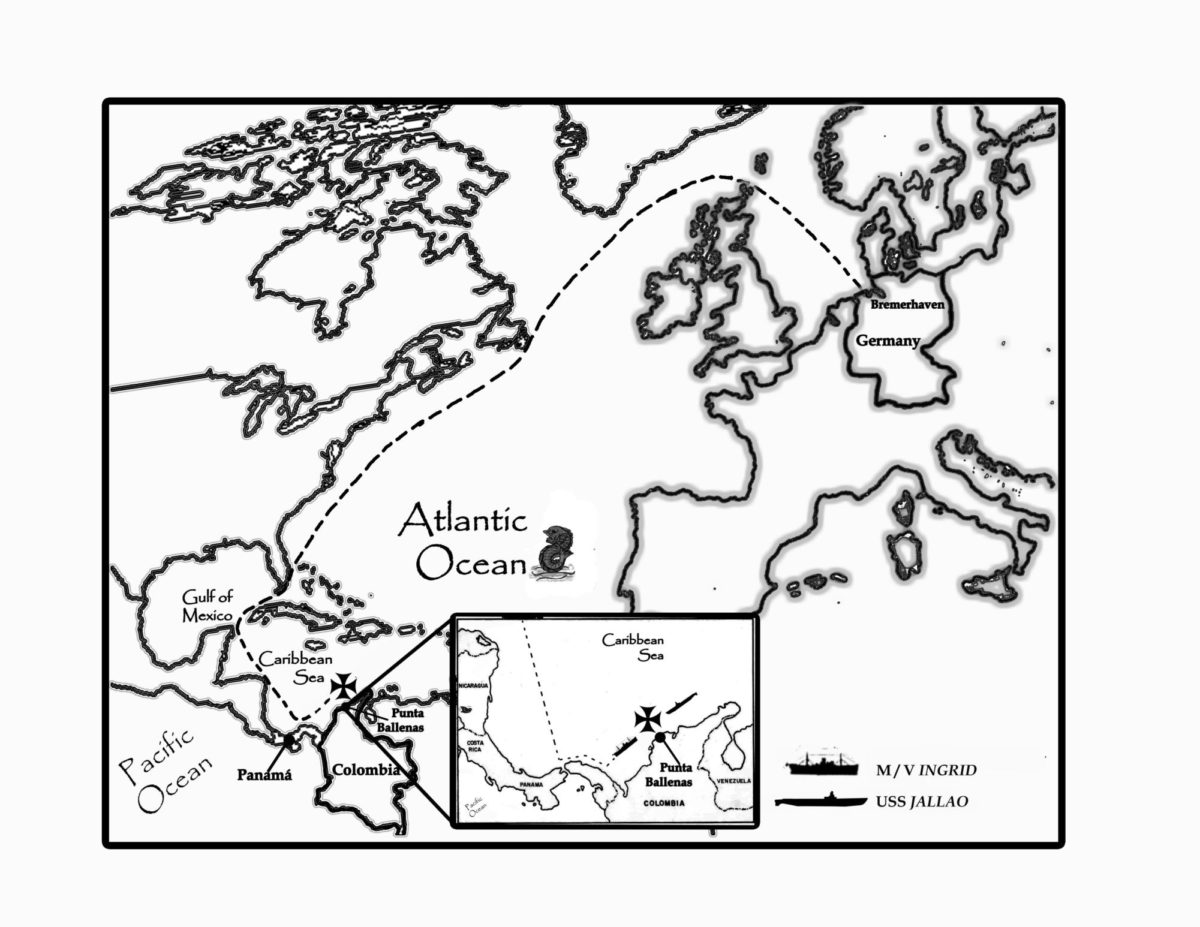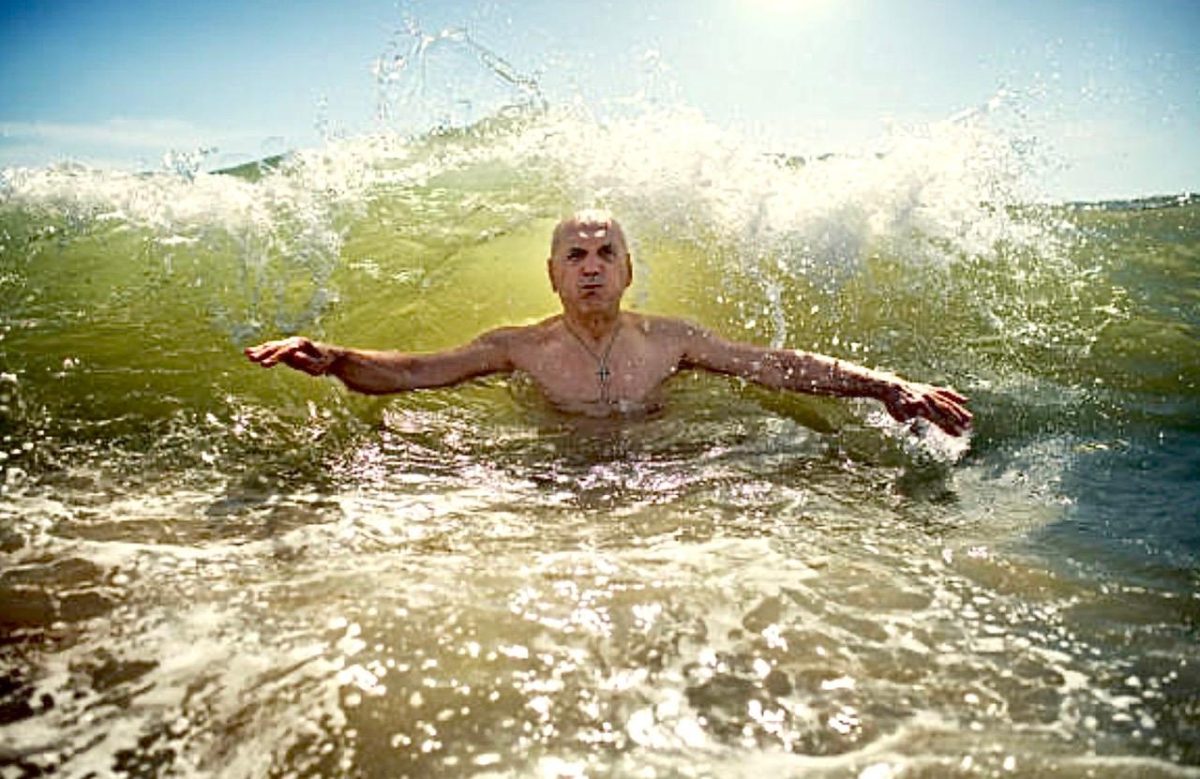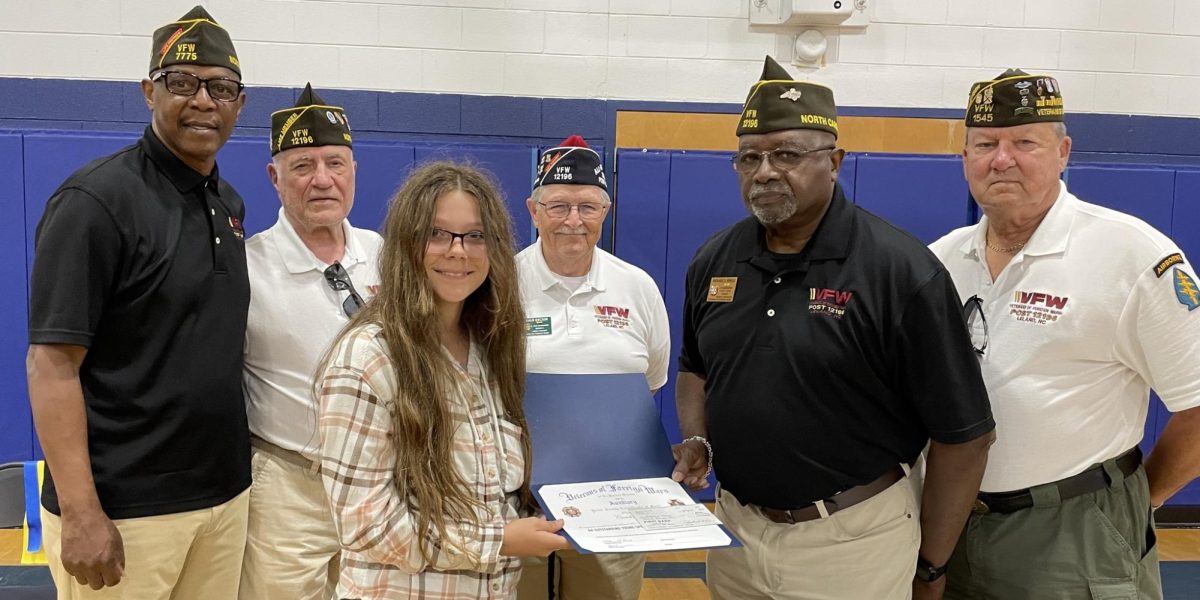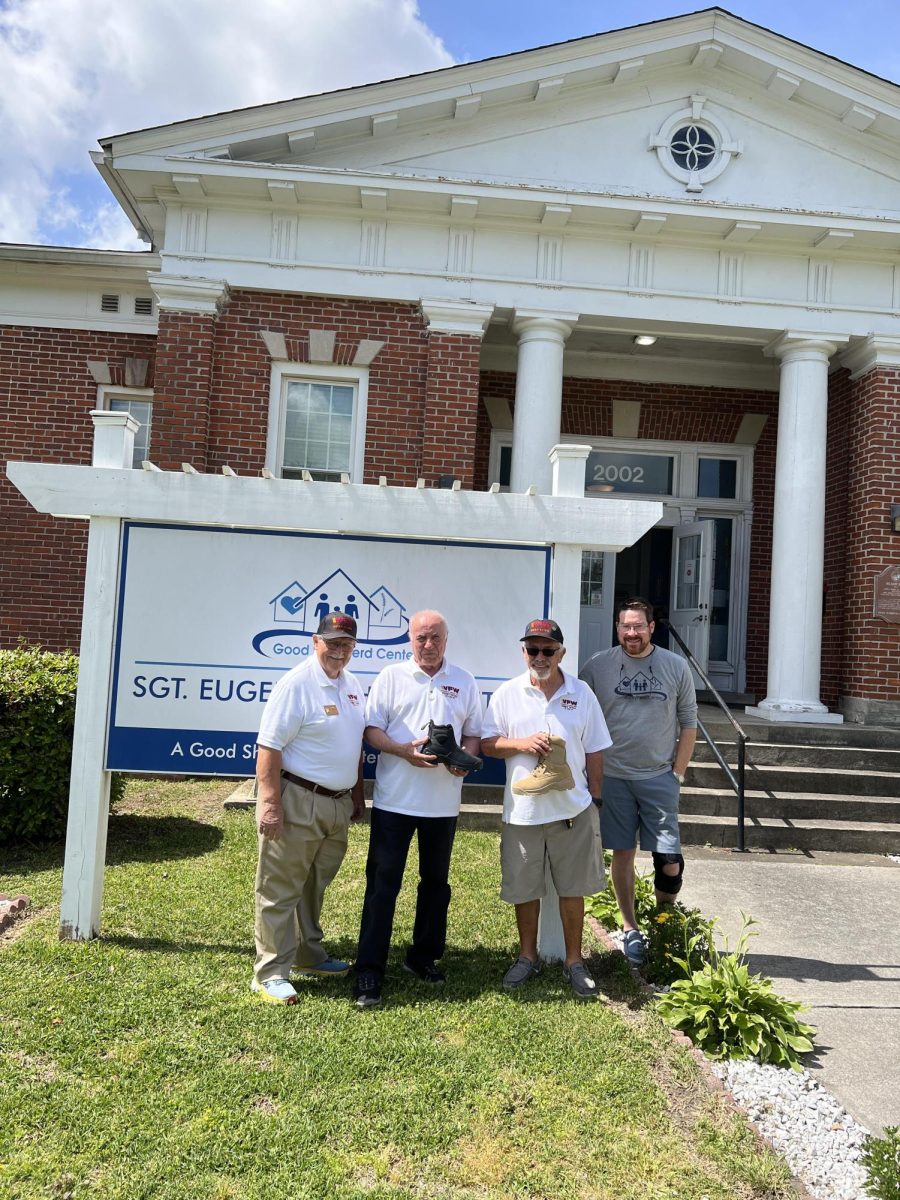The old man had kept a secret for almost 80 years. He prided himself on his stamina and devotion to the cause. He remembered how it all began on August 14, 1944, in the Caribbean Sea off of Punta Ballenas, Colombia.
***
Just before sunrise, the periscope broke through the water’s surface, leaving a thin trail of bubbles in its wake. The seas were calm and visibility unlimited, perfect hunting weather. The USS Jallao (SS 368), a Gato class submarine, was ordered to break off from its planned transit of the Panama Canal and take up a position off Colombia’s northeast coast. There, Jallao was to intercept and sink a 509-foot German commerce raider, Hilfskreuzer Ingrid, disguised as a Swedish merchant vessel. Ingrid’s radio transmissions were being monitored by the U.S. Naval Intelligence Office in Key West. Her daily position reports to German Naval Headquarters in Berlin were intercepted, decoded, and then radioed to Jallao.
Two weeks earlier, Ingrid had departed Bremerhaven to resupply the five remaining U-boats in the southwestern Caribbean. Her cargo holds were loaded to the overheads with torpedoes, diesel fuel, and ammunition. The raider’s Arado Ar 196 shipboard reconnaissance float plane had been removed to make room for additional cargo.
For this mission, Ingrid’s captain had chosen a longer, but less traveled route. The direct passage from Bremerhaven would have forced him to transit the busy Atlantic shipping lanes. A chance encounter with a curious allied warship could prove fatal. Two of the raider’s complement of six, 88mm deck guns had been removed in order to make room for the additional cargo.
To avoid any confrontation, Ingrid crossed to the north of the shipping lanes and navigated through the treacherous “Iceberg Alley,” 250 miles east of Newfoundland. After clearing the ice fields, Ingrid’s captain turned southward, skirting the North American coast, and made his way toward the Gulf of Mexico. He transited the Yucatan Pass between Mexico and Cuba and entered the Caribbean Sea.
Flying her false Swedish colors, she appeared to be just another freighter making its way to the Panama Canal. But fifty miles from the Canal’s entrance, she changed course to the east and began a sprint along the Colombian coast toward her rendezvous with the U-boats near Cabo de la Vela. The raider’s steam turbines drove her ahead at a speed of 18 knots.
After replenishing the U-boats off the northeastern tip of Colombia, Ingrid was to proceed to the South Atlantic and enter the Brazilian port of Dos Santos. There, “SS” security officers would supervise the removal of 160 wooden crates that had been covertly loaded in the ship’s forward hold in Bremerhaven.
***
The Jallao’s captain looked through the search periscope, scanning slowly from east to west. The only surface activity he’d seen was caused by a squadron of pelicans, diving into a school of sardines. Earlier that morning, Jallao had received an urgent message from Naval Headquarters in Key West warning them that two of the five U-boats Ingrid was to replenish were operating in an area only twenty miles away from the planned intercept point.
Jallao’s captain continued to scan the surface, moving the scope along the desolate coastline. After twenty more minutes of searching, he felt a tug on his sleeve and drew back. His sonarman, a veteran of more than a dozen combat patrols was smiling. The young man removed his padded earphones and glanced at the stopwatch he held in his hand.
“Captain, I’ve got screws turning one hundred twenty-five per minute coming toward us from the west, bearing zero-three-five degrees. The target’s hugging the coastline. Someone’s in a hurry.”
The CO grasped the periscope’s handles and leaned into the eyepieces, moving the scope to the bearing the sonarman had given him. Silhouetted against the brown coastal dunes in the distance was the unmistakable image of a merchant vessel. The high, curling bow wave left no doubt that she was heading eastbound at full speed. He switched to the attack periscope and adjusted the focusing knob. Within minutes, the light blue hull of the German raider filled the scope’s field of view. The vessel’s name board attached to the bridge railing was clearly visible; it read Ingrid. Above the bridge, the Swedish flag flew from the steaming gaff.
“Captain,” the sonarman said calmly, “I’m picking up the sounds of ballast tanks being blown. The source’s bearing is two-six-zero degrees; range is ten miles. The target is surfacing. The sound signature is classic U-boat, noisy valves, and all.”
The CO gripped the control handles and walked the periscope around, but the only surface unit he could see was Ingrid, continuing on her course.
“Man your battle stations!” the CO shouted out, “Prepare tubes one and two!” He ordered two Mark-18 torpedoes set at a depth of six feet, not wanting to risk their running too deep in the shallow waters.
The target’s bearing, range, course, and speed were passed to the navigation officer and fed into the Torpedo Data Computer. Ingrid’s course would take it to within 3,500 yards of the sub, close to the Mark-18’s maximum range. Jallao couldn’t risk a surface attack because of the U-boats lurking nearby. The shot had to be perfect.
The CO brought the scope down and huddled with the XO and the navigation officer. After a second look, the Torpedo Data Computer’s settings were fine tuned. The firing solutions remained constant, and the probability of a hit was optimal.
“Fire one, fire two!” the CO ordered.
He watched Ingrid through the attack scope, counting down the time to impact. With seconds left on the first torpedo’s run, he saw a geyser of white water followed by a loud explosion.
“Damnit!” the CO yelled as his first shot exploded prematurely, about two hundred yards from the target.
Ingrid reacted immediately, beginning a turn to the right, toward the coastal shallows. But the second torpedo, only seconds behind the first, ran straight and true. Its 545-pound Torpex warhead struck the target amidships. Water shot skyward as the torpedo exploded just below her waterline. A millisecond later, Ingrid’s cargo of torpedoes, fuel, and 88mm high-explosive ammunition ignited.
A flash of light was followed by a thunderclap as the raider blew apart. The sky above the ship was filled with pieces of deck cargo and the arcing, smoky trails of burning phosphorous. For a moment, the CO lost his target in the sea spray and smoke. He pressed his face harder against the periscope’s eyepieces, looking for Ingrid. All he saw was a boiling, black mushroom cloud rising in the sky. Everything aft of the sinking bow section had simply vanished.
***
Ingrid’s demise had an impact far beyond the Caribbean. Confirmation of her loss was received at the Kriegsmarine. Her radio operator had sent a desperate message reporting they were under attack off of Punta Ballenas, Colombia; it was the last communication received from the vessel. Her loss was also confirmed by a report from one of the U-boats that Ingrid was to have replenished. The date and time, latitude and longitude of her sinking, and her crew and cargo lists were meticulously noted in the Kriegsmarine’s records and filed away.
Days later, a copy of Ingrid’s final record entry was delivered to a twenty-six-year-old Swiss banker, Christian Rothmund, who was attending a black tie party at the German Consulate in Zurich. Physically, Rothmund was the prototypical Arian ideal; tall, athletic, blond, and blue-eyed with an air of superiority. Although he served as the personal secretary to the chairman of one of Switzerland’s oldest banks, his allegiance lay elsewhere. Christian Rothmund was one of the Third Reich’s most devoted agents.
He excused himself and walked to a nearby bathroom, locking the door behind him. The single sheet of paper was entitled; Sinking of the Hilfskreuzer Ingrid (the Kriegsmarine designation for an auxiliary cruiser/merchant raider); all hands lost. After reading the single typewritten sheet, he folded the document, placed it inside his tuxedo jacket, and returned to the festivities.
Rothmund was relieved that Ingrid’s cargo manifest made no mention of the contents of the sixty wooden crates loaded in Bremerhaven. They were simply listed as, “freight under consignment to the Reichsführer of the SS, Heinrich Himmler”.
Besides Rothmund, only three other Nazi officials had knowledge of the crates’ contents. But he alone was responsible for their protection. There was no doubt in his mind; the recovery of those crates would require a complex salvage plan.
The 160 wooden crates, secretly loaded in Ingrid’s forward hold, contained more than 700 million dollars worth of gold bullion, antiquities, and precious gems. This treasure had been looted from private homes, museums, and bank vaults throughout the Nazis’ occupied territories. The plunder had been crated and loaded under the direct supervision of Heinrich Himmler, then Hitler’s heir apparent. It was to have been used to fund the Fourth Reich. The Nazi loyalists had selected a remote 200-acre site in the Brazilian Highlands where they would reorganize and continue the fight to make National Socialism Great Again.
Shortly after receiving the news of Ingrid’s sinking, Rothmund dispatched a team of agents to salvage the cargo. The bow section lay in less than 100 feet of water. They’d successfully recovered all 160 crates from the vessel’s forward holds using a small crane mounted on a barge and portable lifting gear. But their trucks bogged down in the soft coastal dunes. Rather than risk discovery, they buried the crates less than a kilometer from the beach. The team of Nazi agents planned to travel to Panama and charter a transport aircraft capable of landing on rough terrain and flying the cargo to Brazil. But misfortune intervened again. The small plane that was to take them to Panama crashed shortly after take-off from Punta Ballenas, killing all onboard. Rumors began to spread among the Nazi hierarchy that the treasure was cursed – haunted by the souls of the millions massacred in Dachau, Buchenwald, Auschwitz, and other Nazi-sponsored slaughterhouses. Barbarity was becoming very unpopular.
Rothmund was the sole surviving member of the original group tasked with the treasure’s protection. He’d kept its existence a secret for almost 80 years, but he’d run out of road in his ability to avoid responsibility. The old banker was watching the nightly newscast on CNN when he was stunned by an item showing a group of marine archaeologists from the United States and Israel off the Colombian coast who’d discovered Ingrid’s treasure.
***
Rothmund arose late the following day and threw on a long, beige silk robe. He stopped in front of the bedroom’s full-length mirror, admiring the younger man he saw reflected in it; dressed in a formal white officer’s tunic with the Knight’s Cross hanging from his neck. He smiled and bowed respectfully.
After finishing his usual two cups of tea and scanning the morning paper, he walked to the den. This room had been built to his specifications and contained five hundred linear feet of walnut bookshelves. The numerous French doors allowed the entry of an abundance of natural light. The oak-paneled floors were highly polished and added to the room’s brightness.
The two-story, gray stone structure overlooked the western limit of Lake Lucerne. The view from the den encompassed the entire length of the lake and the snow-capped mountains in the distance. The den was filled with the scent of daffodils and crocuses that had been placed in fluted crystal vases by his houseman. He picked up a remote control unit from the antique mahogany side table and pressed the play button. The stirring chorus of Wagner’s, Ride of the Valkyries, burst forth from the wall-mounted CD player. Rothmund stood still for a moment, visualizing the scene from Wagner’s epic work; beautiful, nude maidens, daughters of the god Wotan, rode their steeds through a terrible storm, carrying the bodies of slain Aryan warriors to Valhalla.
As Rothmund sat down in front of his oak writing desk, he looked out at his property and Lake Lucerne in the distance, observing the re-birth of life in the bud-filled trees and shrubs that surrounded the house. It had been a mild winter and spring had arrived ahead of schedule; another harbinger of future success. Then he heard the doorbell’s chime and called his butler to see who it was. Visitors rarely arrived at his home during the daylight hours. He arose and walked toward the front entry door after hearing his man servant’s agitated voice.
Standing in the entryway were four uniformed officers from the Swiss Federal Intelligence Service and three Interpol officers dressed in business attire. A Swiss Federal Police officer stepped forward and said, “Christian Rothmund, you are under arrest for crimes against humanity, assisting a belligerent nation in committing genocide and concealing the fruits of thefts and unlawful actions taken against civilians from France, Romania, Poland, and Switzerland. Do you have anything to say?”
Rothmund inhaled deeply and realized the end had finally arrived. Among the items recovered in his house were the engraved 9mm Luger that had been presented to him by his Führer in 1940 and over 20 paintings stolen from art galleries in the occupied countries.
The final act of Richard Wagner’s Ring, Götterdämmerung (Twilight of the Gods) had arrived. The question remained, how many more of the toxic seeds of national socialism would survive their ocean voyage and sprout on the shores of the United States?





















Charles Bins • Dec 11, 2023 at 3:45 pm
I truly enjoyed your telling of this intriguing piece of WWII history. If U.S. history classes included such powerful stories as this, students would be spellbound.
Janet • Nov 21, 2023 at 2:15 pm
Yes, I agree with Gerald. YOu come up with the most fascinating subjects! Bravo!
adviser • Nov 9, 2023 at 9:39 am
David, you are an amazing writer. I always enjoy reading your stories. Gerald